
views
Not only for ordering food or making UPI payments, Indians have started scanning QR codes for OPD registrations at hospitals and healthcare facilities across India, government data shows.
Skipping long queues at registration counters for appointments with doctors, various hospitals enrolled under Prime Minister Narendra Modi’s flagship scheme Ayushman Bharat Digital Mission (ABDM) have started generating tokens via QR codes.
Started in October last year, people in Uttar Pradesh are using the facility most, with almost five lakh tokens generated so far, followed by Karnataka (4.09 lakh) and Delhi (1.21 lakh).
On April 6, people at Swaroop Rani Nehru Hospital in Prayagraj (Uttar Pradesh) generated maximum tokens, followed by All India Institute of Medical Sciences, Raipur, and Tej Bahadur Sapru Hospital, again in Prayagraj.
The slowest uptake is in the Union Territories, followed by Madhya Pradesh, Jharkhand, Gujarat, Kerala and Bihar. Overall, 470 health facilities are issuing tokens via barcodes located in 27 states and 154 districts.
“Although the number of facilities using scan and share is increasing, there is limited awareness about this functionality,” Himanshu Burad, Officer on Special Duty (OSD) to Additional CEO at National Health Authority (NHA) said. NHA is the apex body responsible for the implementation of ABDM.
“In order to guide the public to use the scan and share facility at health centres, we have placed the kiosks along with a help desk. Over time, a rise in numbers has been noted,” he said.
The data shows that users started increasing with April witnessing an average of 23,000 registrations in the first five days, mostly in the public health facilities.
“The move is a gateway to the larger objective of the mission ABDM which aims at creating the digital health records of Indians. Once you use scan and share, your medical history will be put together in one place removing the need for any file or papers,” Burad added.
Once the patient scans the barcode, the ABHA number (Ayushman Bharat Digital Health Account) of the patient is created which collates their health records and fetches the previous health history as well.
While the facility was first rolled out at hospitals across India, on Tuesday, Goa inaugurated the scanning facility for OPD tokens at its primary health centre (PHC) at Corlim – making it the first PHC to begin digital registrations.
The PHC is the first contact point between the village community and the medical officer followed by community health centres and district hospitals.
“Starting the scanning facility at PHCs means that from the very start of the healthcare system, people are being trained to use mobile phones. The idea is to make people comfortable in using their mobile phones for accessing healthcare and health records,” Dr Kedar Raikar, medical officer at PHC, Corlim, said. “For now, the elderly need hand holding but once their records get connected with the system, in the longer run, it will become very convenient and quick for them.”
Read all the Latest India News here










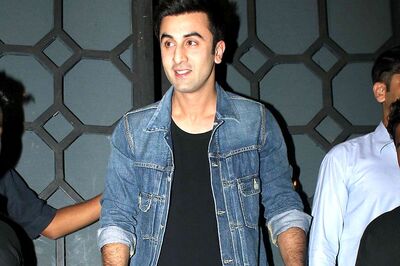
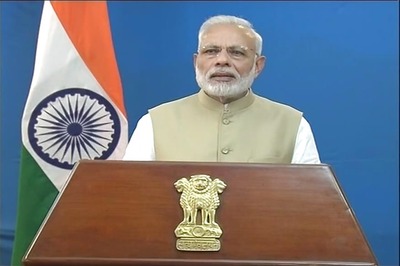
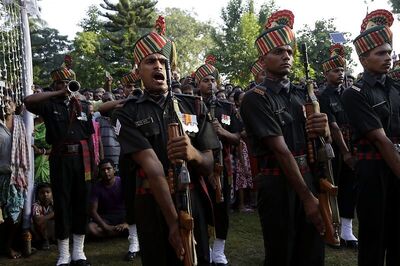

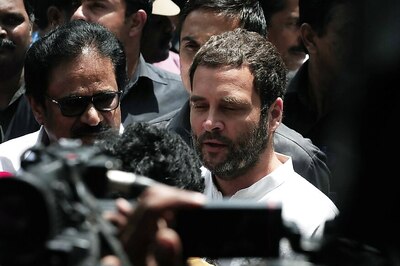
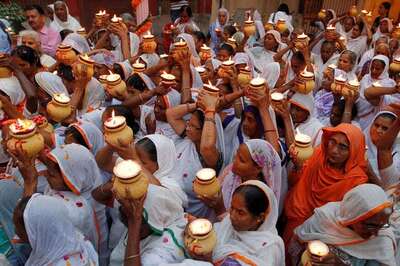

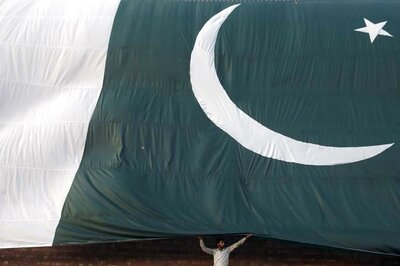


Comments
0 comment